We will look at one of the greatest of what is called the last generation of ukiyo-e-masters, perhaps the greatest: Tsukioka Yoshitoshi (1839-1892). He was a versatile artist, but is best known for his macabre contribution to Japanese art.
Yoshitoshi stubbornly continued, and even developed, the traditional woodblock printing technique while others left it for photography and more modern graphic methods. Yet he was artistically innovative and gave ukiyo-e its last great peak. He came to influence subsequent Japanese art in ways clearly distinguishable still today.
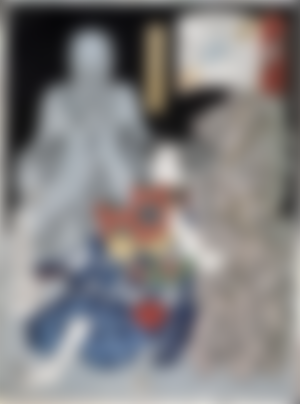
(Yoshitoshi - Mutsuki Suginosuke Norifusa with a Ghost. From series Beauty and Valour in the Novel Suikoden. A print from 1867.)
Yoshitoshi's motives and style changed over the years, and he created many types of motives, such as yakusha-e (kabuki portrait), bijinga (beautiful women), military and historic motives, folklore, ghost stories and much more. He also had a “bloody period”, when he illustrated murder in detail and created a subgenre of ukiyo-e called muzan-e. At times he had mental problems, which probably influenced his art.
The first muzan-e was the series Eimei nijūhasshūku - Twenty-eight famous murders - printed 1866-1867, which Yoshitoshi created together with another ukiyo-e artist, Yoshiiku. But the best known muzan-e, and the best known work by Yoshitoshi, is “Oshu adachigahara hitotsuya no zu” (The Lonely House on Adachi Moor), a really macabre print created by Yoshitoshi in 1885. It illustrates a folk tale, where a woman, the hag of Adachigahara, preys on children and pregnant women and eats them. The picture shows a captive, a pregnant woman, just before the hag kills her.
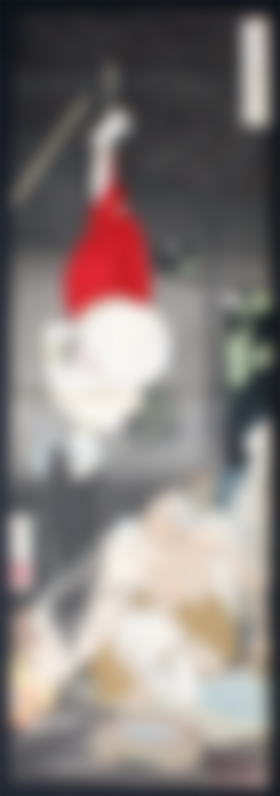
Muzan-e, a genre that displays murder and torture – a sadistic understream in Japanese culture - lived on far beyond Yoshitoshi and ukiyo-e; it still influences Japanese art and popular culture today. It also came to absorb erotic motives and become a part of Japanese pornography.
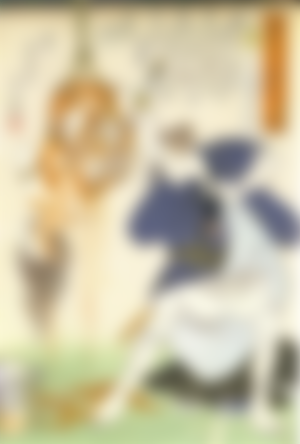
(Yoshitoshi: Inada Kyūzō Shinsuke, woman suspended from rope. From Twenty-eight famous murders, 1866-1867.)
Even if Yoshitoshi is best remembered for his muzan-e, one must not forget that they are only a small portion of his work. There is so much more in the art of this extraordinary artist. His production was enormous and, as so many other ukiyo-e artists, he often made his prints in series.
Below we find The Enlightenment. From the series Thirty-six Ghosts, 1890. And after that: Ariko weeps as her boat drifts in the moonlight; from the series 100 Aspects of the Moon.
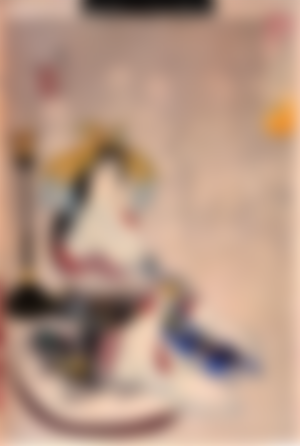
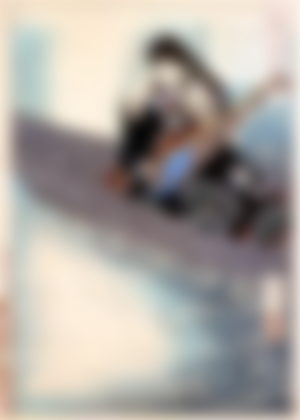
Sometimes Yoshitoshi's art looks almost as if it were from our own time. Look at this print of Uesugi Kenshin Nyudo Terutora Riding into Battle, from 1883, with its bold frontal perspective and clean graphical style.

And this is The Ancient Incident of Umewaka and the Child Seller beside the Sumida River, also from 1883. It's a triptych, one picture made of three. The late ukiyo-e artists often worked with triptychs. Printing so large pictures direct would have been technically difficult.

Yoshitoshi died in 1892, but his legacy is definitely alive. At first neglected by collectors and art critics, he is now widely recognised as the great master he was. But don't be blinded by his macabre side. Even if you find it repulsive, and many people do, take the time to discover other sides of this versatile genius, for a genius he was. Also remember that art should not always be sweet and beautiful; it should touch, it should make the spectator feel something, but not necessarily always something pleasant. Life offers contrasts, and so should art.
In a sense the simultaneous presence of extreme opposites is a characteristic of Japanese culture. On one hand it consists of very sophisticated aesthetics, on the other hand of the explicitly violent and grotesque. We find it in ukiyo-e already from the beginning: bijinga and yakusha-e, the contrast between graceful women and the grotesquely masked kabuki actors.
(This article is partly based on material previously published in Meriondho Leo and in my e-book “The Promethean Fire”, 2018)
Copyright © 2020 Meleonymica/Mictorrani. All Rights Reserved.
You find all my articles on Japanese Art & Culture here.
Interested in Japanese culture? Join my community Japanese Art & Cultural History (7c1f).
You find all my writings on Read.Cash, sorted by topic, here.
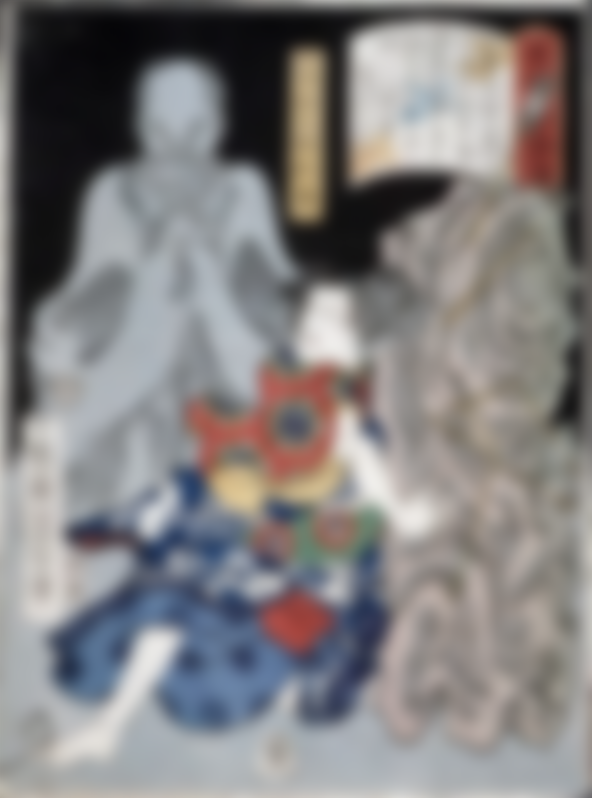
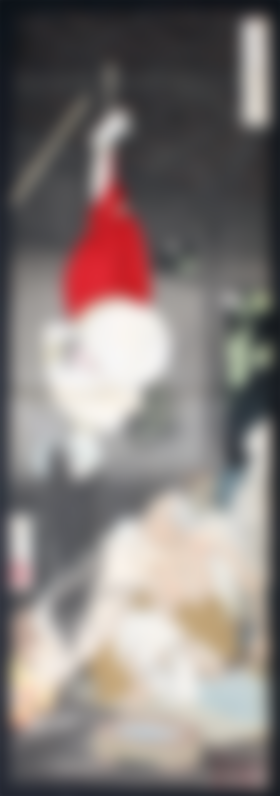

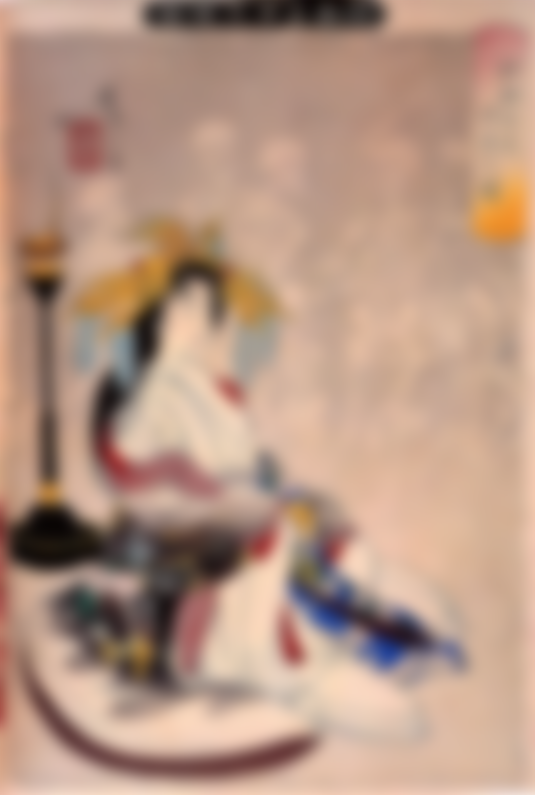
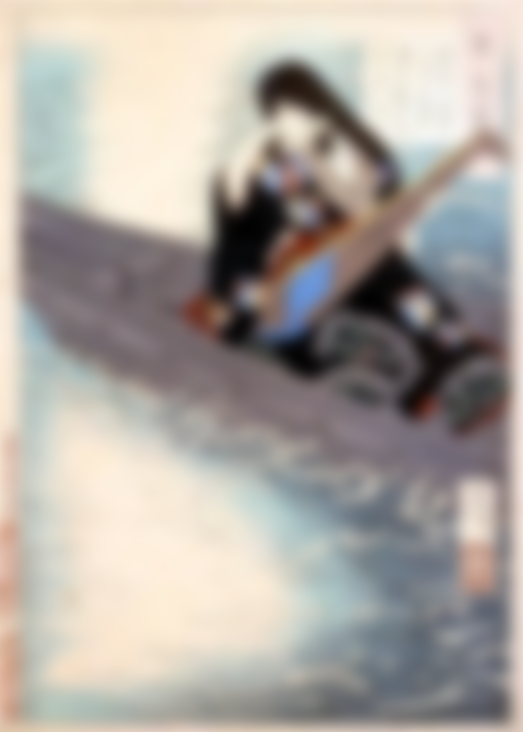
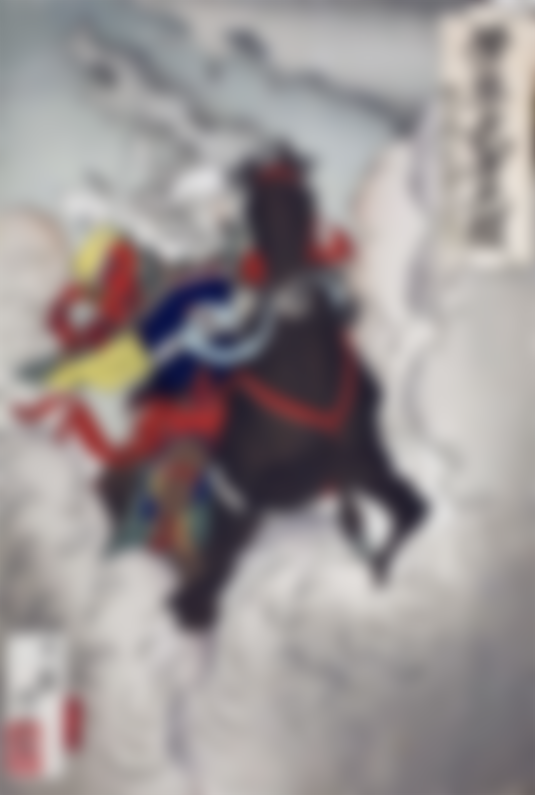
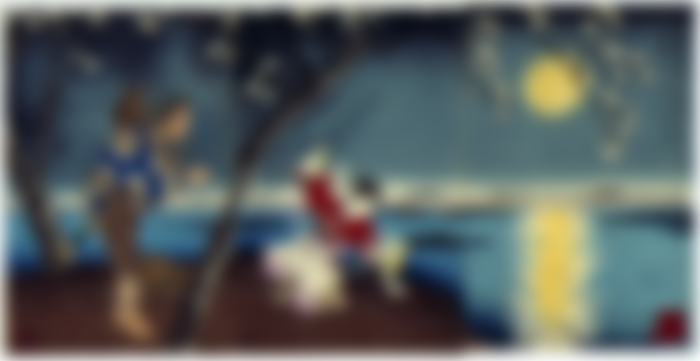
Yes, the human species is a cruel one. I don't think we'll ever get away from that. It's a part of human nature. Unfortunately.